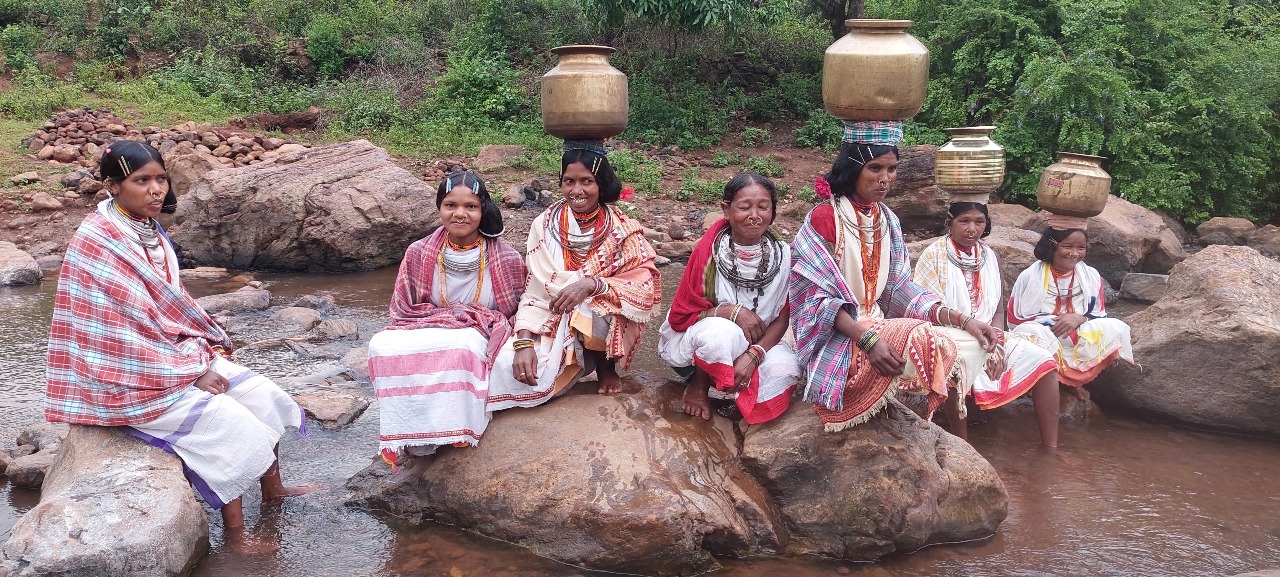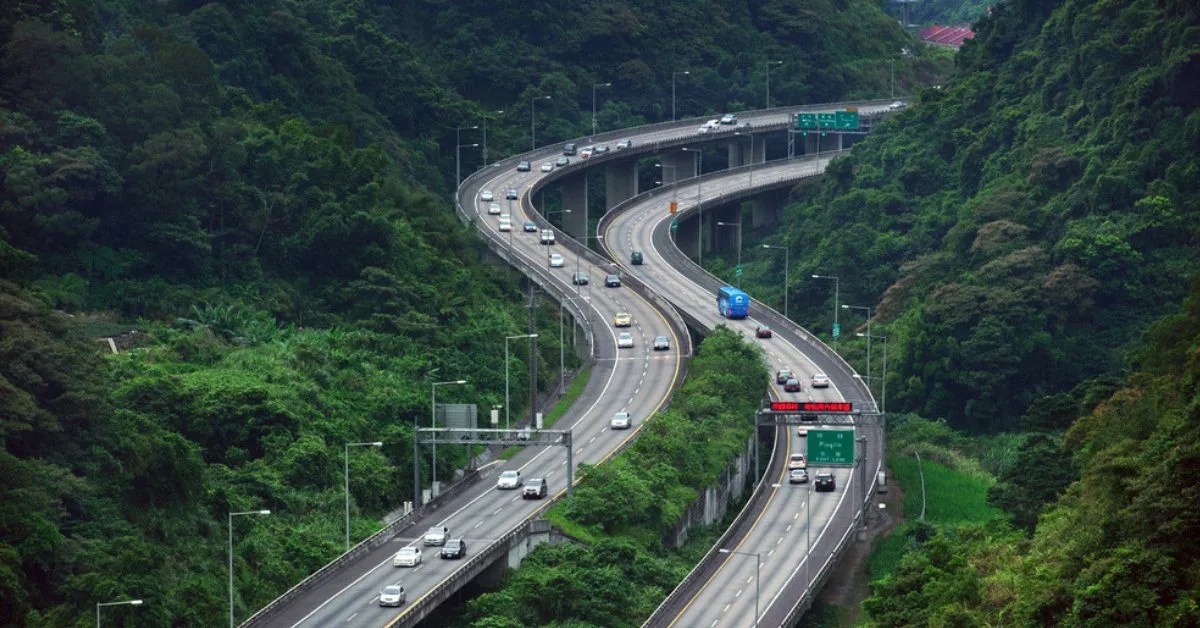
Follow WOWNEWS 24x7 on:
Updated: June 17, 2025 00:45

Jute, often referred to as the golden fiber, remains a vital agricultural commodity in 2025, with global production concentrated in a handful of key countries. India continues to dominate the industry, producing the highest volume of jute, followed closely by Bangladesh, China, Uzbekistan, and Nepal.
Top Jute-Producing Countries in 2025
1. India – India remains the world’s largest jute producer, contributing approximately 1,968,000 metric tonnes annually. West Bengal accounts for over 60 percent of the country’s total output, with additional production in Bihar, Assam, Odisha, and Andhra Pradesh. India has around 80 jute mills, primarily located in West Bengal, and exports jute products to markets in the US, UK, France, and Germany.
2. Bangladesh – Bangladesh ranks second in global jute production, yielding approximately 1,349,000 metric tonnes. The country is renowned for its high-quality white jute and remains the leading exporter of raw jute and jute products. Major jute-growing regions include Tangail, Dhaka, Jamalpur, and Faridpur. Bangladesh exports over 200,000 tonnes of raw jute annually, along with another 200,000 tonnes of jute yarn and twine.
3. China – China holds the third position in jute production, with an annual output ranging between 15,700 and 29,600 metric tonnes. Jute cultivation is concentrated in provinces such as Hunan, Guangdong, and Yunnan, where warm and humid conditions support fiber growth.
4. Uzbekistan – Uzbekistan has emerged as a significant jute producer, contributing approximately 20,000 metric tonnes annually. The country’s jute industry benefits from government-backed agricultural initiatives aimed at expanding fiber cultivation.
5. Nepal – Nepal rounds out the top five jute-producing nations, with an estimated annual output of 14,890 metric tonnes. The country’s jute industry plays a crucial role in its economy, supporting local farmers and contributing to export revenues.
Global Jute Market Trends
- The world produces approximately 3.2 million metric tonnes of jute annually, with India and Bangladesh accounting for the majority of global supply
- Jute remains a preferred material for eco-friendly packaging, ropes, mats, and textiles due to its biodegradable properties
- The demand for sustainable alternatives to plastic has driven increased investment in jute-based products, particularly in Europe and North America
Future Outlook
With growing environmental concerns and a push for sustainable materials, jute production is expected to remain strong in the coming years. Countries like India and Bangladesh continue to lead the industry, while emerging producers such as Uzbekistan and Nepal are expanding their market presence.
Sources: Adda247, World Population Review, Jagran Josh.




